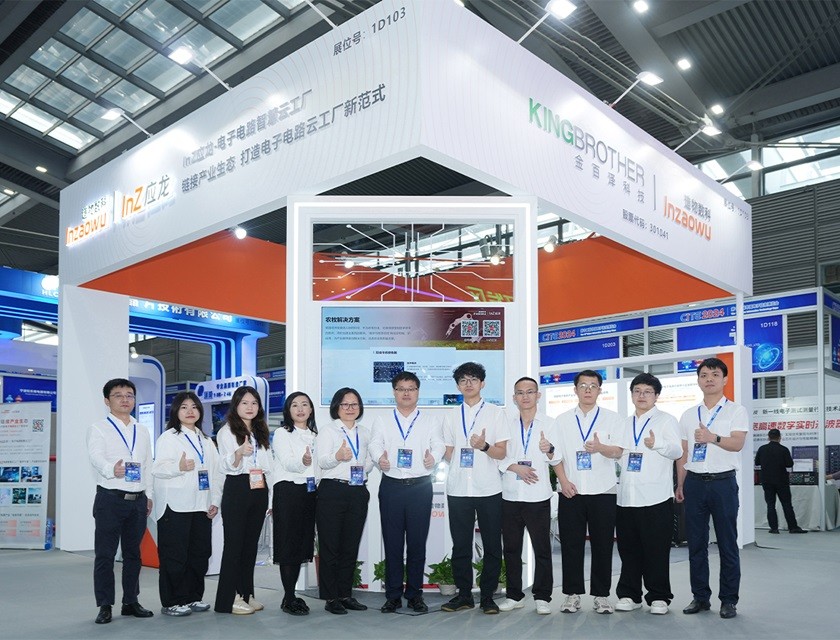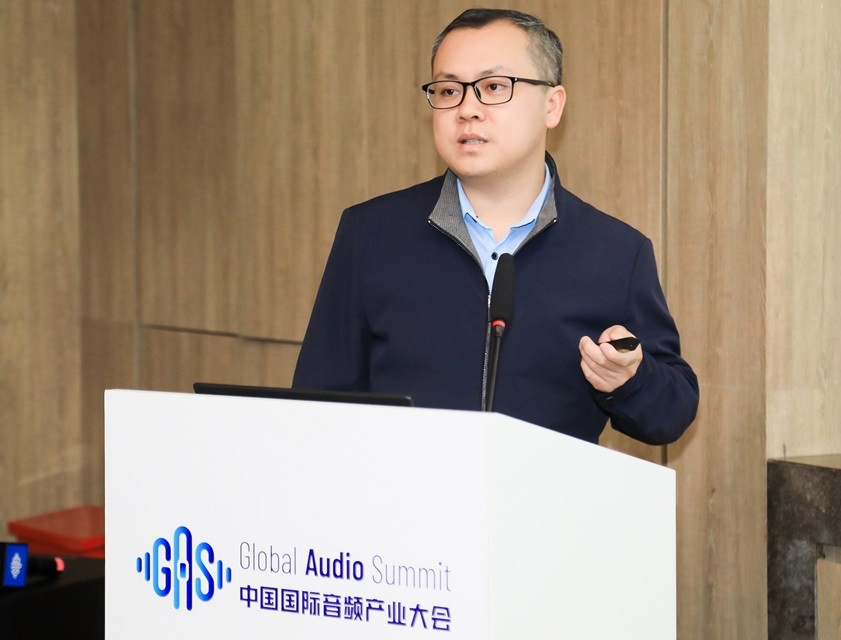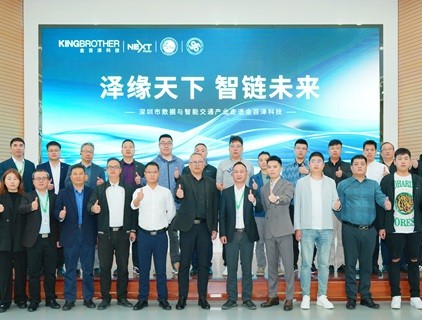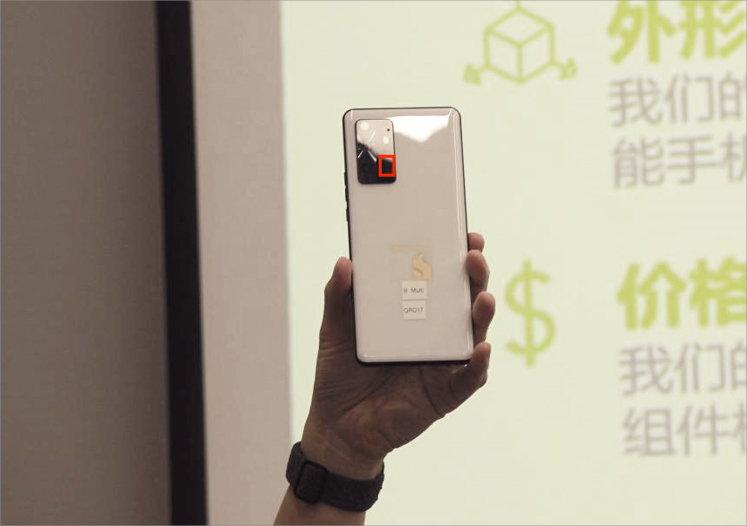“智能车队”新想法能行多远?
附原文:
PERSUADING drivers to give up their cars in favour of public transport has always been an uphill struggle. So would a technology that lets drivers remain in their cars, but asks them to relinquish control on long journeys, have any greater chance of success? That is what a European project is hoping to find out by getting cars to link up wirelessly into semi-autonomous convoys, also known as road trains or “platoons”。
The idea is that by joining platoons as they snake along motorways under the control of a professional lead driver, motorists will be able to sit back and enjoy the ride. As passengers they could catch up on some reading, watch a film, surf the internet or even have a snooze. The benefits would come from reduced congestion and lower fuel consumption. Somewhat counter-intuitively, platooning might also make roads safer.
The environmental benefits come from reducing drag, says Tom Robinson of Ricardo, a British company which is co-ordinating the €6.4m ($9.1m) Safe Road Trains for the Environment (SARTRE) project, funded by the European Commission. The reduced drag is the result of slipstreaming, a trick exploited by Formula One drivers and racing cyclists. The low-pressure area in the slipstream of a moving object means less energy is needed to maintain the same speed just behind it. Trying to do this behind a big lorry on a motorway is extremely dangerous. But with the aid of wireless technology it should be possible for cars to drive much closer together, under computer control, than would normally be advisable. The lower drag they encounter should improve fuel consumption considerably.
The gap between platooning vehicles will be small, but computer-controlled systems would respond to any sudden braking or other hazards far more quickly than a human driver could and thus avoid collisions, says Mr Robinson. The close spacing would allow more cars to fit on the road, reducing congestion.
All this requires a lot of technology. Any car wishing to join a platoon would specify its desired destination, making it possible to identify a nearby platoon heading the right way. The car then pulls up behind the moving platoon and a wireless standard developed specifically for communications between vehicles, called IEEE 802.11p, enables the car to be enslaved by the lead vehicle, probably a lorry or coach with a qualified driver. The car stays under the control of the leader until its driver wishes to leave the platoon.
As ambitious as this sounds, it is more than just theory. Earlier this year the members of the SARTRE project carried out their first road test. The initial goal was modest: to put a single car under the control of a lorry, with both travelling at 50kph (31mph)。 After the success of these first tests the speed was pushed up to 70kph, and this summer the first multiple-vehicle tests will begin with up to three cars and two lorries. The researchers will then be ready to leave the test track, says Erik Coelingh, head of active-safety functions for Volvo, a carmaker that is one of the SARTRE members. “During the autumn and winter we will refine the controls, and if we succeed we would like to test the same system on public roads in Spain during summer 2012,” he says.
Platooning is not a new idea. In the 1990s a project in San Diego called PATH carried out small-scale tests of a system that involved placing induction loops in the road which acted as electromagnetic rails to guide vehicles along the highway. The idea never took off because it was prohibitively expensive. But SARTRE is different, says Mr Robinson, because it does not require any changes to the road infrastructure.
Moreover, aside from the wireless-communication system, SARTRE works by taking advantage of the actuators and sensors that already exist in many modern cars, such as adaptive cruise control, automatic braking and lane-departure systems, which use radar, infra-red sensors and cameras. “We reuse the sensors and part of the control system, but add new algorithms,” says Mr Coelingh. So once a car has joined a platoon these systems make it relatively easy to stay in line. The driver at the front would be trained, licensed and paid to lead. As well as steering, he would have to take account of the platoon’s impact on other traffic when changing lanes or turning. The rest would be taken care of by software.
The technology is not quite there yet, concedes Mr Coelingh. Strategies still need to be precisely worked out to enable vehicles to join or leave safely, even if they are in the middle of the platoon. Similarly, methods will be needed to allow the lead vehicle to dissolve the platoon on reaching its destination or to allow another lead vehicle to take over. The researchers must also determine how closely packed together the cars should be to get the best fuel savings and highest level of safety.
Mr Robinson and Mr Coelingh accept that the success of platoons is more than just a question of whether or not the technology can be made to work. The real question is whether drivers really want it. Driver attitudes towards automation are softening, Mr Coelingh believes. And there are occasions, such as during a daily commute, when motorists might welcome not having to drive. However, drivers are currently required to be in control of their vehicles at all times, and in many places it is illegal to use a mobile phone when at the wheel. So laws will also have to be changed, says Mr Robinson, which could take a decade or so.(来源《经济学人》)

图片新闻
技术文库
最新活动更多
-
1月8日火热报名中>> Allegro助力汽车电气化和底盘解决方案优化在线研讨会
-
1月9日立即预约>>> 【直播】ADI电能计量方案:新一代直流表、EV充电器和S级电能表
-
即日-1.16立即报名>>> 【在线会议】ImSym 开启全流程成像仿真时代
-
即日-1.20限时下载>>> 爱德克(IDEC)设备及工业现场安全解决方案
-
即日-1.24立即参与>>> 【限时免费】安森美:Treo 平台带来出色的精密模拟
-
即日--2.7了解详情>> 【森海塞尔】TeamConnect系列产品——提升视听之体验,塑造音频之未来
推荐专题









 分享
分享















发表评论
请输入评论内容...
请输入评论/评论长度6~500个字
暂无评论
暂无评论